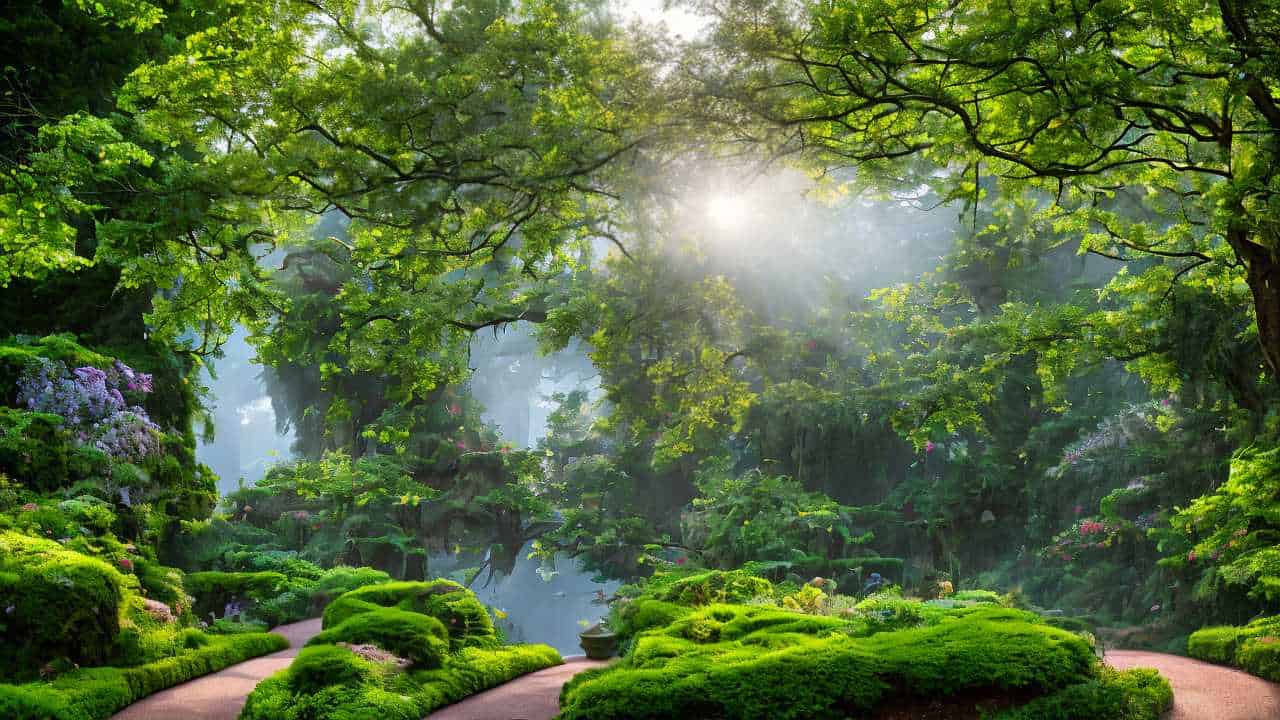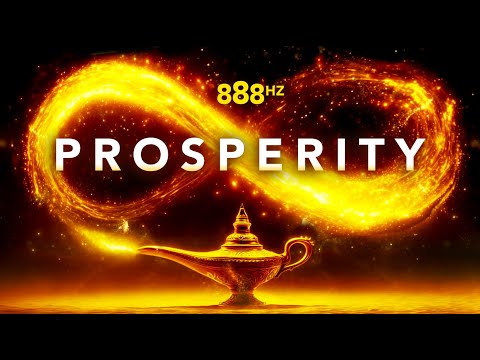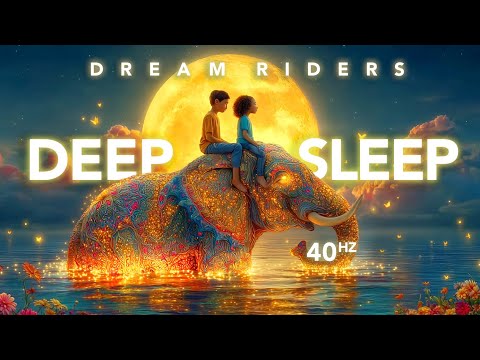Embarking on the journey of Raja Yoga takes you into a world where ancient wisdom meets modern insight. This Royal Path is a deep exploration of self-awareness, meditation, and spiritual growth. It’s based on the Yoga Sutras of Patanjali and goes beyond just physical poses, diving into the realms of the mind and spirit.
As we uncover the evolution and significance of Raja Yoga across different traditions, we can’t help but wonder: how does this age-old practice still hold meaning in our world today?
Origin and Definition of Raja Yoga
Raja Yoga is a spiritual practice that focuses on meditation and has its roots in ancient traditions. It’s often referred to as the Royal Path and can be traced back to the teachings found in Patanjali’s Yoga Sutras. The main goal of Raja Yoga is to attain spiritual enlightenment through meditation.
This type of yoga has been around for centuries and places a lot of importance on mastering the mind through meditation practices. Practitioners of Raja Yoga delve deep into their consciousness to achieve a state of profound tranquility and self-realization. By dedicating themselves to regular meditation, individuals can tap into the transformative power of Raja Yoga and experience a union of their individual soul with universal consciousness.
Raja Yoga in Historical Context
Raja Yoga has its origins in ancient spiritual traditions and takes practitioners on a deep journey of meditation and self-realization. In the 11th century, a significant method known as Amanaska emerged, which plays a key role in understanding Raja Yoga meditation. This method, found in the Amanaska text, was the first to specifically mention its teachings as Raja Yoga. It focuses on open awareness meditation and highlights the ultimate goal of samadhi, in alignment with the principles of Hatha Yoga Pradipika.
Swatmarama, in his teachings, connects various concepts like samadhi, raja yoga, unmani, and amanaska, showing how these spiritual practices are interrelated. Looking back at the historical context, we can see how Raja Yoga meditation has evolved over time, offering practitioners a deep and intricate path to finding inner peace and self-discovery.
Raja Yoga in Different Traditions
Raja Yoga is a practice deeply rooted in various spiritual traditions, weaving together different meditative techniques. In ancient Hatha traditions, it was seen as a stepping stone to reach a state of deep concentration called samadhi. This path focused on practices like shambhavi mudra and nadanusandhana.
Swami Vivekananda later offered a more contemporary view of Raja Yoga, considering it one of the four main paths of yoga based on the teachings of Patanjali. He emphasized the importance of meditation, self-discipline, and self-awareness in this practice.
Swami Sivananda built upon these ideas, creating a Raja Yoga system centered around the Yoga Sutras. His approach combined traditional practices with modern insights, showing how Raja Yoga can evolve and remain relevant over time.
These interpretations demonstrate how Raja Yoga has adapted over the years, blending ancient wisdom with contemporary knowledge to help individuals on their spiritual journey towards self-realization and inner growth.
Contrasting Raja Yoga With Other Systems
When we look at Raja Yoga and other yoga systems, we see some interesting differences in how they approach spiritual growth.
Raja Yoga and Patanjali Yoga both focus on reaching samadhi, a state of deep meditation. However, Patanjali’s yoga system has eight different steps to follow, while Amanaska doesn’t rely on these supporting techniques.
In the Amanaska system, the meditation technique it uses is quite different from what Patanjali teaches. While Patanjali emphasizes concentration, Amanaska takes a more direct approach.
Patanjali’s yoga is known for its philosophical depth and complexity, whereas Amanaska keeps things more simple and straightforward in its teachings.
Evolution and Meaning of Raja Yoga
Raja Yoga is a form of spiritual practice that involves deep meditation and self-discovery. The term ‘Raja’ comes from Sanskrit and means king, symbolizing the highest level of practice that connects individuals with their highest Self. Originally, Raja Yoga was all about achieving this ultimate union, but over time, different interpretations have emerged.
One interesting take on Raja Yoga is by the Brahma Kumaris, who focus a lot on meditation in their version of Raja Yoga. This evolution shows how Raja Yoga has become more accessible to people from all walks of life, making it a flexible tool for spiritual growth. By honing in on the core aspects of meditation and self-awareness, Raja Yoga continues to lead individuals on a profound journey towards self-realization and a deeper connection with the divine.
Conclusion
In simple terms, Raja Yoga is like the grand pathway to spiritual enlightenment, blending ancient wisdom with our modern understanding. What sets it apart is its focus on deep meditation and self-awareness, offering a profound journey towards discovering oneself and finding inner peace.
Raja Yoga’s evolution and depth make it a shining gem in the world of spiritual practices, guiding seekers towards exploring the infinite depths of their own consciousness with grace and wisdom.





11 responses to “The Royal Path of Raja Yoga Unveiled”
Hey, Rachel Baxter, I was just wondering how Raja Yoga compares to regular gym workouts? Is it more about the mind than the body?
In the section about varying traditions, I think it’s important to note that Raja Yoga’s influence extends beyond Hatha practices, incorporating elements from Bhakti and Jnana Yoga for a more comprehensive spiritual journey.
Tara’s got a point. It’s fascinating to see how Raja Yoga synthesizes different yogic paths. Shows its depth beyond just meditation techniques.
idk, seems like Raja Yoga is just another fancy term for sitting quiet n doing nothing, how’s it actually beneficial compared to getting real exercise?
I’m thoroughly impressed by how Raja Yoga’s historical context has been laid out. It certainly adds depth to its practices and showcases its rich roots in ancient spirituality.
lol, Raja Yoga might be the king of napping for all you know. ever tried lifting weights, might clear your head faster than this stuff.
This article really opened my eyes to the depth of Raja Yoga. It goes so much deeper than just the physical aspect, something to explore for sure. Thanks, Rachel Baxter!
Fascinating article! I’m curious about how Raja Yoga’s meditation techniques compare to modern mindfulness practices. Are they significantly different?
The historical context provided for Raja Yoga is insightful. Understanding its roots from the Amanaska text truly enriches its significance today.
So, if I master Raja Yoga, does that mean I can finally calm my mind and beat level 99 without raging? sounds too good to be true lol
i love this. Raja Yoga seems like a way to find some peace in the chaos of daily life. gonna look more into this, thanks!